Latest Publications
-
Policy Note No. 2025/9November 24, 2025
Democratic Renewal and the Green Job Guarantee
-
Working Paper No. 1101November 18, 2025
Currencies Come and Go, but Employment Always Takes Root
-
Working Paper No. 1100November 05, 2025
The Death of the Social Contract and the Enshittification of Jobs
-
Working Paper No. 1099October 22, 2025
A Stock-Flow Consistent Model of Emulation, Debt, and Personal Income Inequality
-
Working Paper No. 1098October 17, 2025
Creative Destruction Meets Financial Instability: Toward a New Synthesis
News & Events
News
October 30, 2025

President Pavlina R. Tcherneva Delivers Keynote at CIRIEC International and Bordeaux GSEF 2025 Conferences
News
October 30, 2025
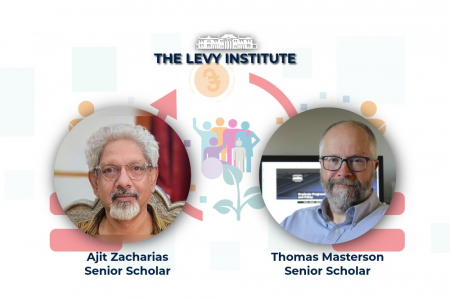
Scholars Ajit Zacharias and Thomas Masterson speak at the 29th FMM Conference in Berlin: “Engendering Policy...
News
October 02, 2025
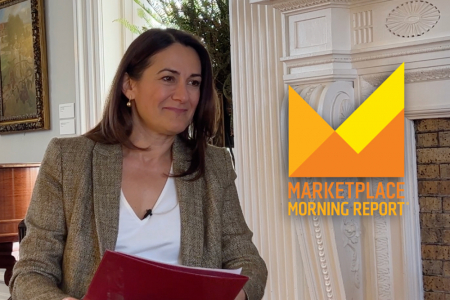


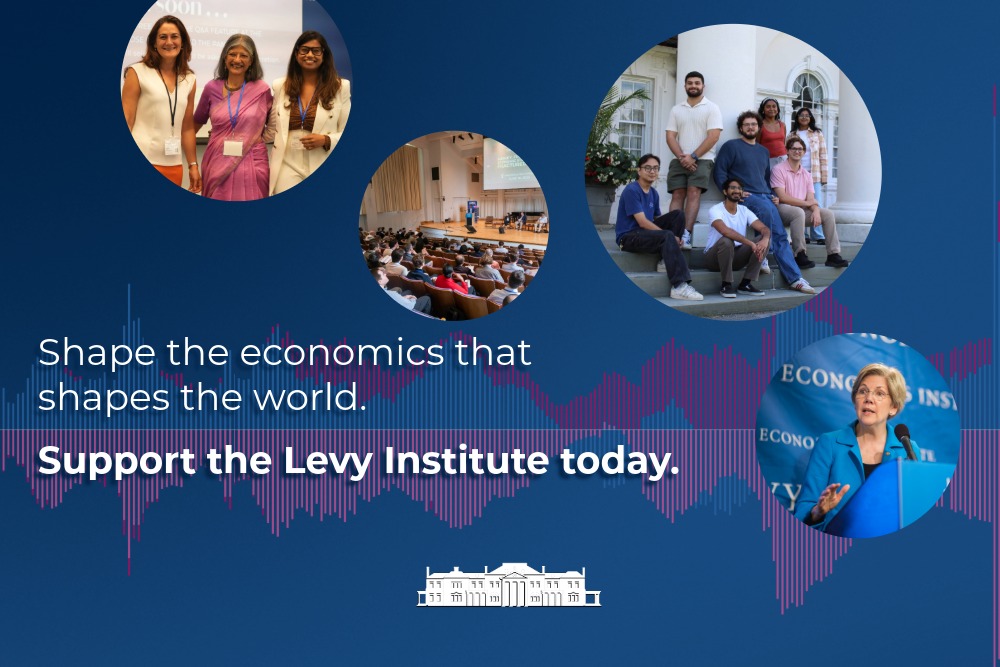
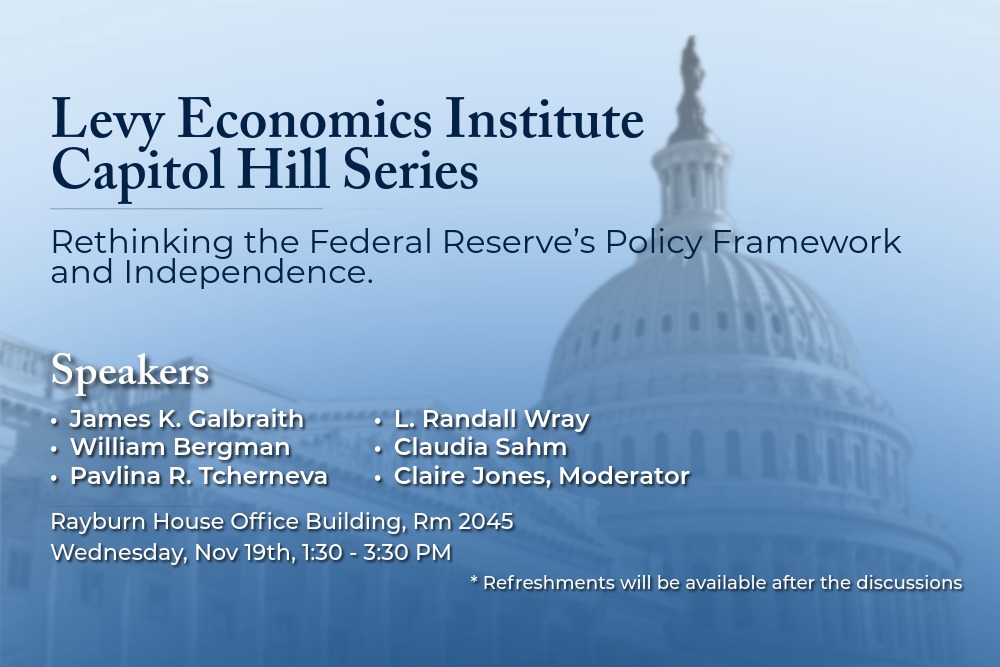





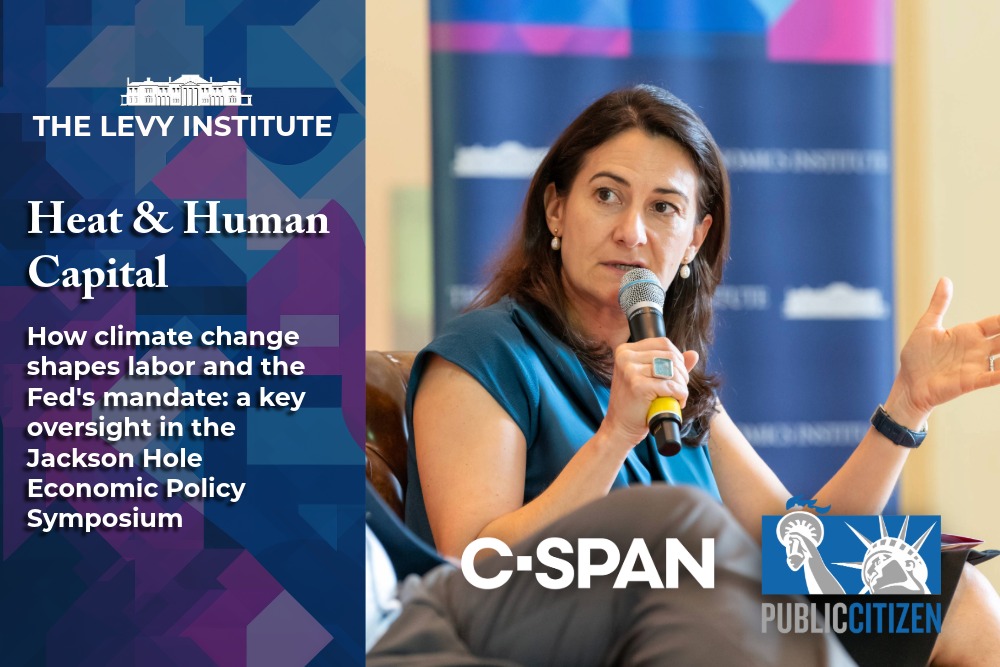

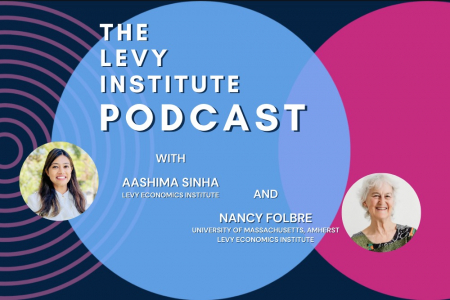
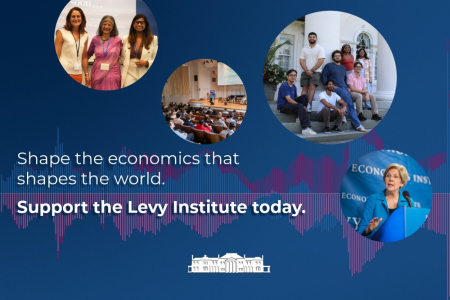

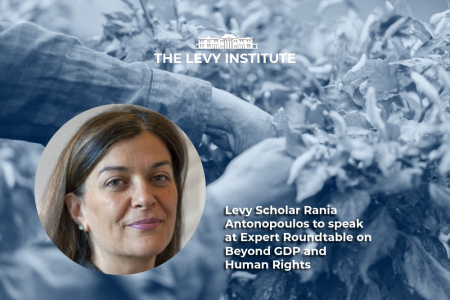

Featured Commentary
New Levy Institute Podcast Out Now: Nancy Folbre
Keeping Up with Household Debt in the US
Francesco Ruggeri, Riccardo Pariboni, and Giuliano T. YajimaClimate Catastrophe and the Second Coming
L. Randall WraySeminar on Modern Monetary Theory and Launch of New Macroeconomics
Jia Genliang (translated by Yan Liang)